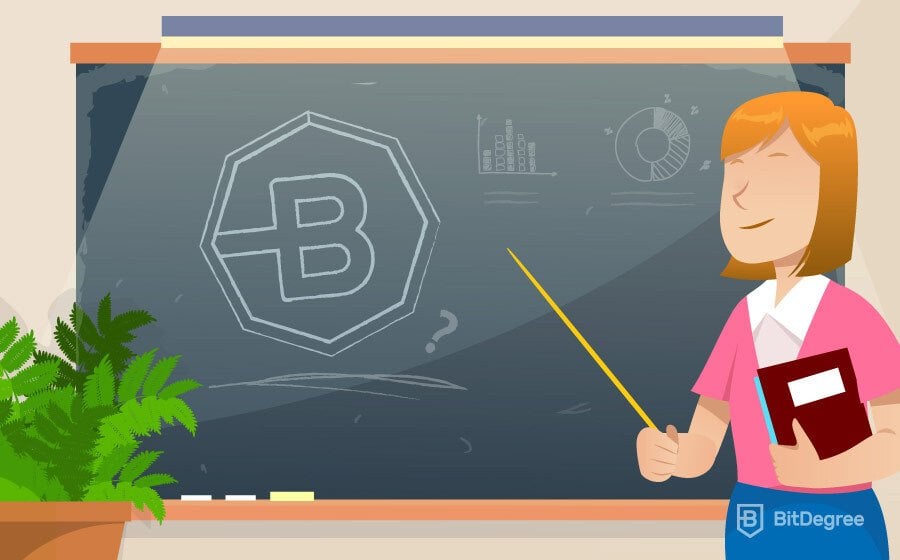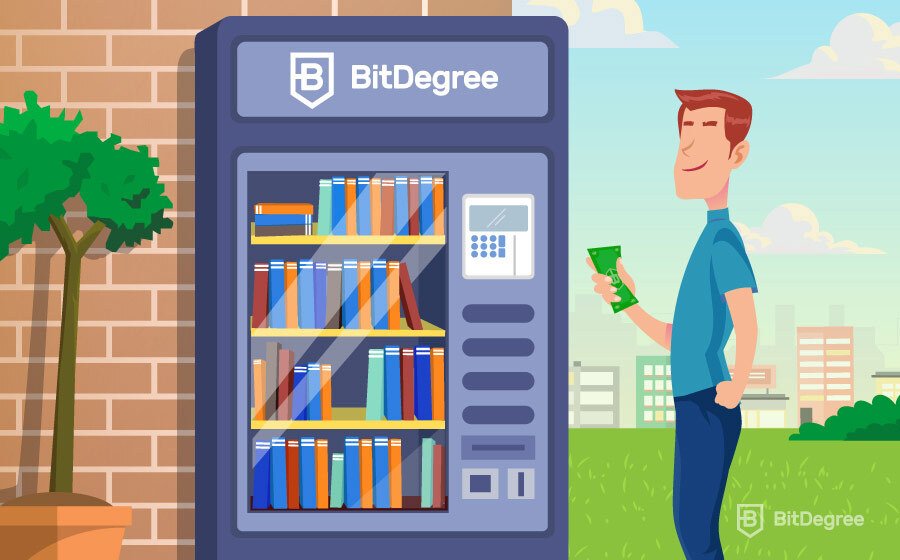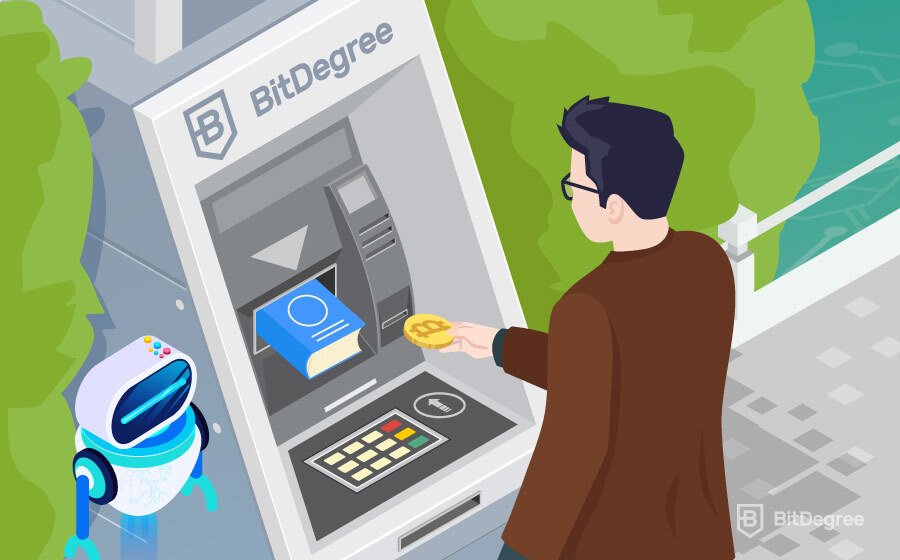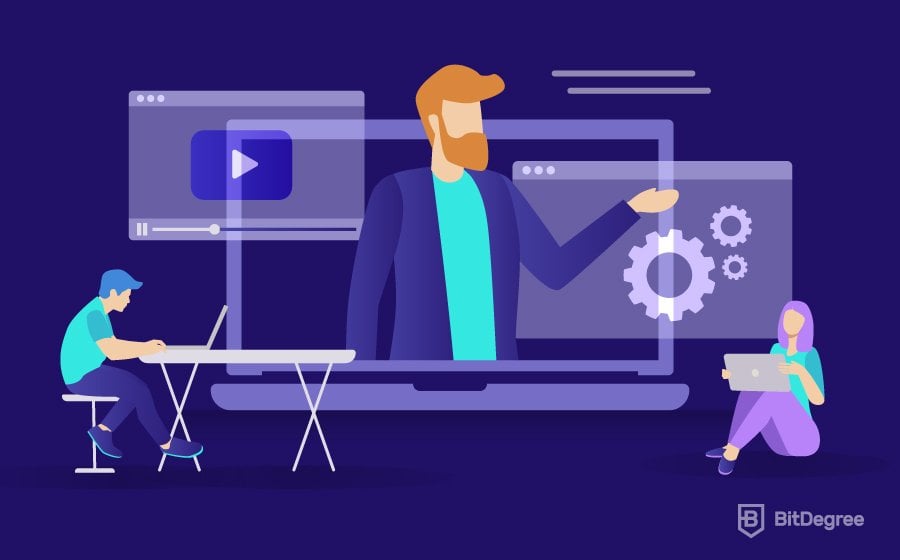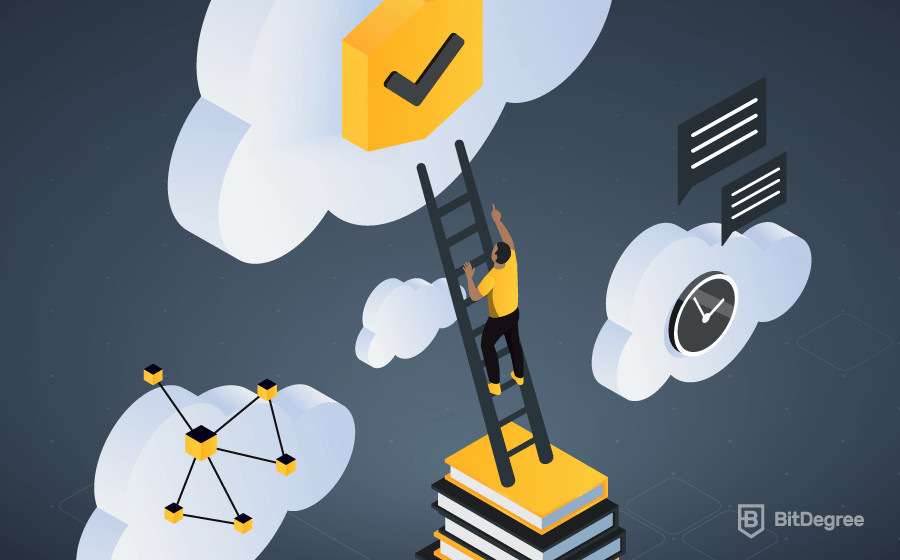Four Types of AWS Certifications
‘What AWS certification should I get first?’ is one of the most common questions that arise in the head of someone who’s interested in getting certified. The information on the AWS training website is a bit confusing in this sense: while they clearly define four types of certifications in increasing levels of difficulty, it doesn’t actually translate to a proper AWS certification path you’d be required to follow. Lower-level certifications are not a must for someone who wants to take a, say, Professional-level exam (they used to be – however, Amazon has recently removed this prerequisite to add more flexibility). Therefore, you can technically pick any of the certifications as your first – but should you?
There are certain recommendations. If you have little to none experience with cloud computing, we'd recommend starting your AWS certification path from the foundational level – the AWS Cloud Practitioner certification. The knowledge and skills it requires are relevant for all kinds of AWS specialists and thus act as a brilliant base for a career in cloud computing. You will get familiar with the architectural principles of the AWS Cloud, its key services, value proposition, aspects of security and compliance, pricing and billing. It’s also a wise choice if you’re not yet sure about your future career: with a strong foundation of AWS knowledge, you will feel a lot stronger about identifying responsibilities and picking an exact direction.
The Associate, Professional, and Specialty certifications are aimed at those who are sure about their role and already have a year or two of professional experience in working with AWS Cloud. If the time you spent exploring the system and gaining first-hand experience has taught you the basics well enough, you won’t be needing to start your AWS certification path from the ground up. In this case, choosing the right certification is even easier – each certification is tied to a specific role in an organization (Developer, Solutions Architect, Alexa Skill Builder, etc), so you’ll simply base your decision on your position.
How to Get AWS Certified
Before you step onto your AWS certification path, it’s smart to get to know each possible step of the process so it’s easier to identify your options, track your progress, and plan ahead. Technically, you can just go straight for the exam without any preparation – but do you really want to risk it? Keep in mind that certification exams aren’t free – every try will take at least $100 bucks out of your pocket. Needless to say, it’s way smarter to put some effort in, prepare properly, and never have to worry about repeating it!
There are multiple ways you can take to get ready for your exam. The first and the most obvious one is, naturally, gaining experience and learning from practice. However, there are two reasons why you shouldn’t choose it as your only learning option: it will take a significant chunk of your time, and you will still have no idea about the actual structure of the exam and the exact things you’re expected to know.
The AWS infrastructure is huge, and you don’t actually need to master each and every service to pass the exam, no matter its level. If you’re interested in how to get AWS certified, you need to understand the requirements first.
What Can Amazon Offer?
As you begin browsing for learning materials to use in your AWS certification path, it’s more than likely you will start with the choices presented in the official AWS website. Truth be told, the selection is not too shabby: you can download an exam guide, some sample questions, read AWS whitepapers and FAQs. You can also take part in complimentary webinars, presented by official instructors – however, these are one-time events, so it’s more of an introduction on how to get AWS certified than actual study material.
If you are one of those who don’t start any journey without a clearly defined map, you might find it useful to follow one of the AWS learning paths presented in the official AWS website. You can choose one based on your solutions area, your exact role, or the needs of a particular APN Partner. An AWS learning path is basically a step-by-step list of recommended courses and exams – for example, a developer’s learning path consists of an (optional) AWS Cloud Practitioner certification, three courses, and an AWS Developer Associate certification. While none of the courses are mandatory to complete before the exam, they can certainly help you plan your research smarter and study the right topics if you have any doubts. The information about the courses can be found in the AWS Learning Library and filtered by domain, role, skill level, language, and the type of course (digital or classroom training).
Finally, you can take a practice exam. There is a fee attached to it – however, it’s a lot smaller than what you’d pay for the actual exam. Depending on the level of certification, you would either pay $20 or $40 for a practice exam, and $100–300 for the certification exam. A practice exam is a great way to not only check your level of knowledge, but also get rid of your fears: after taking every step of the practice exam from start to finish, you will know exactly what’s coming in the real one, so you’ll be able to concentrate on the tasks instead of worrying about unwanted surprises.
What Other Options Are Out There?
If you believe trial and error is not the method for you, and prolonged reading doesn’t sound too motivating, you can also choose digital courses. Again, you can find some on the AWS website, but the courses they offer are aimed at Associate, Professional, and Specialty certifications. If you are wondering how to get AWS certified as a Cloud Practitioner, you will need to look for educational courses elsewhere. Luckily, there are some comprehensive learning programs available online that are specially focused on the things you’ll need in your AWS certification path – for example, AWS training at BitDegree Academy consists of original and up-to-date content that will help you zero in on your goals and reach them successfully.
There is also the old school way: if you prefer the traditional methods of learning, you can look into books – there’s more than a few AWS certification-oriented study guides to choose from. However, if you want to go down this road, be careful: technologies are prone to changing rapidly, so the information in books might become irrelevant very quickly. Some of the books that have been published a few years ago are still on the market, and the variety of services, availability zones, and other key things have changed dramatically since. Online curriculum is quicker and easier to update, so it’s more reliable in terms of data accuracy.
Enough Talking – Time for Rocking
The AWS certification path is definitely the one to take if you’re dreaming of starting a career in IT soon: cloud computing is currently all the hype, and that’s not likely to change anytime soon. Now that you know exactly how to get AWS certified, it’s time to roll up your sleeves – pick your certification goal, choose the most suitable learning options for you, and start preparing for that life-changing exam!



